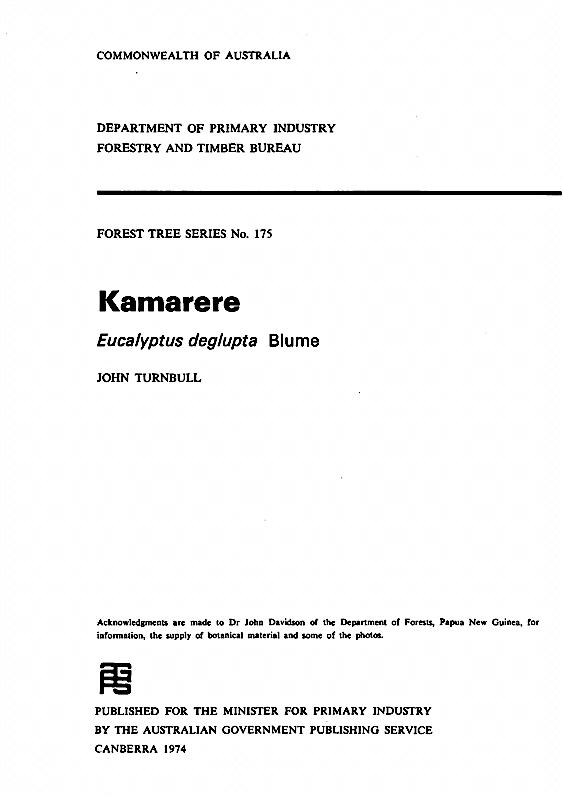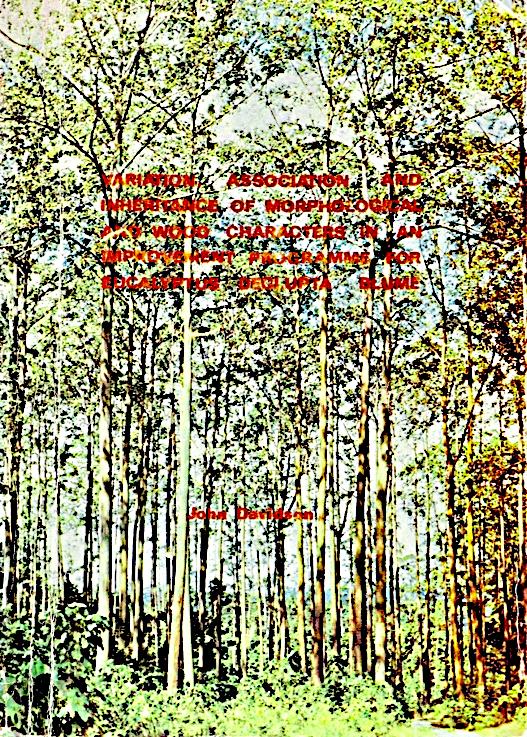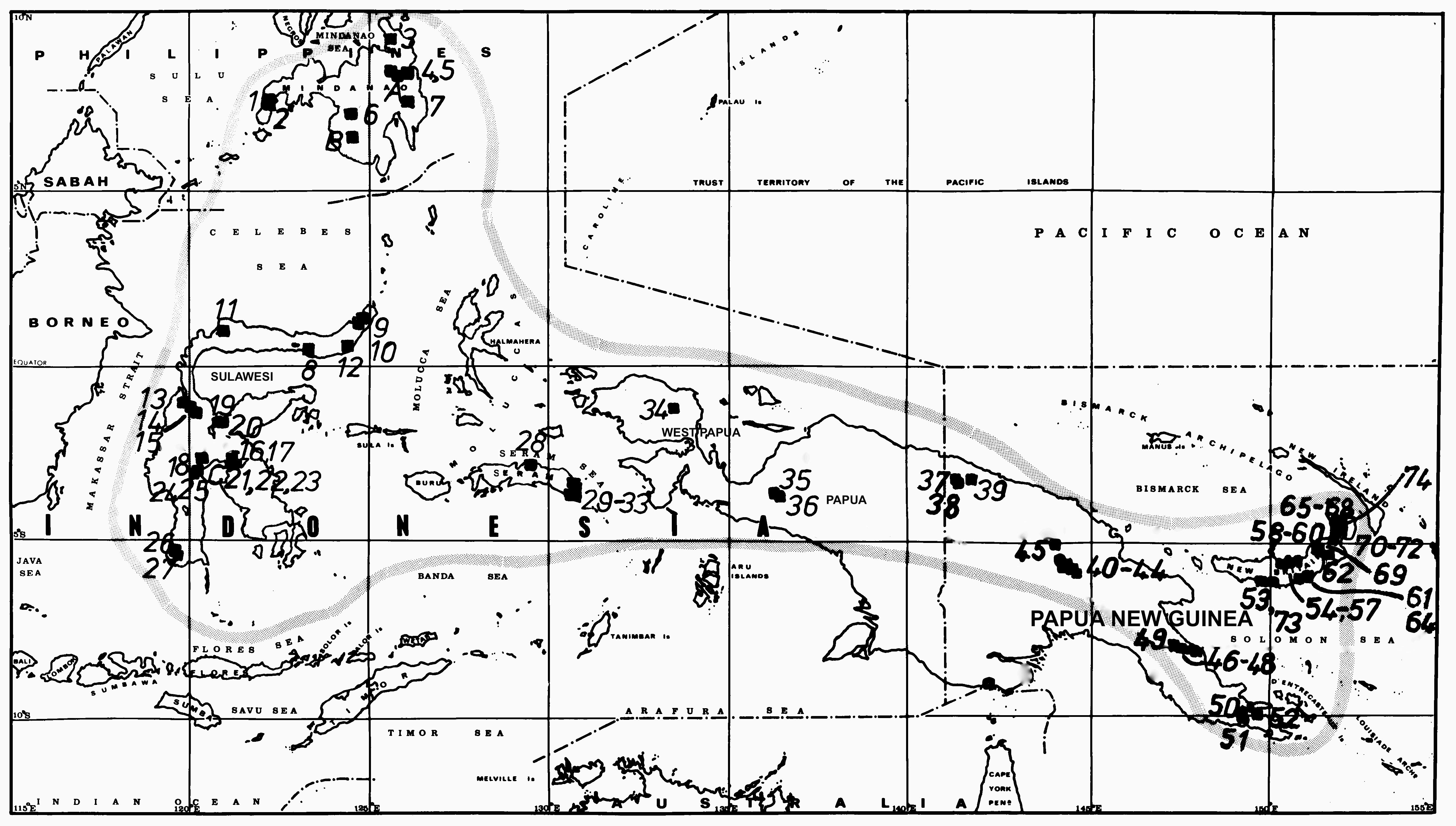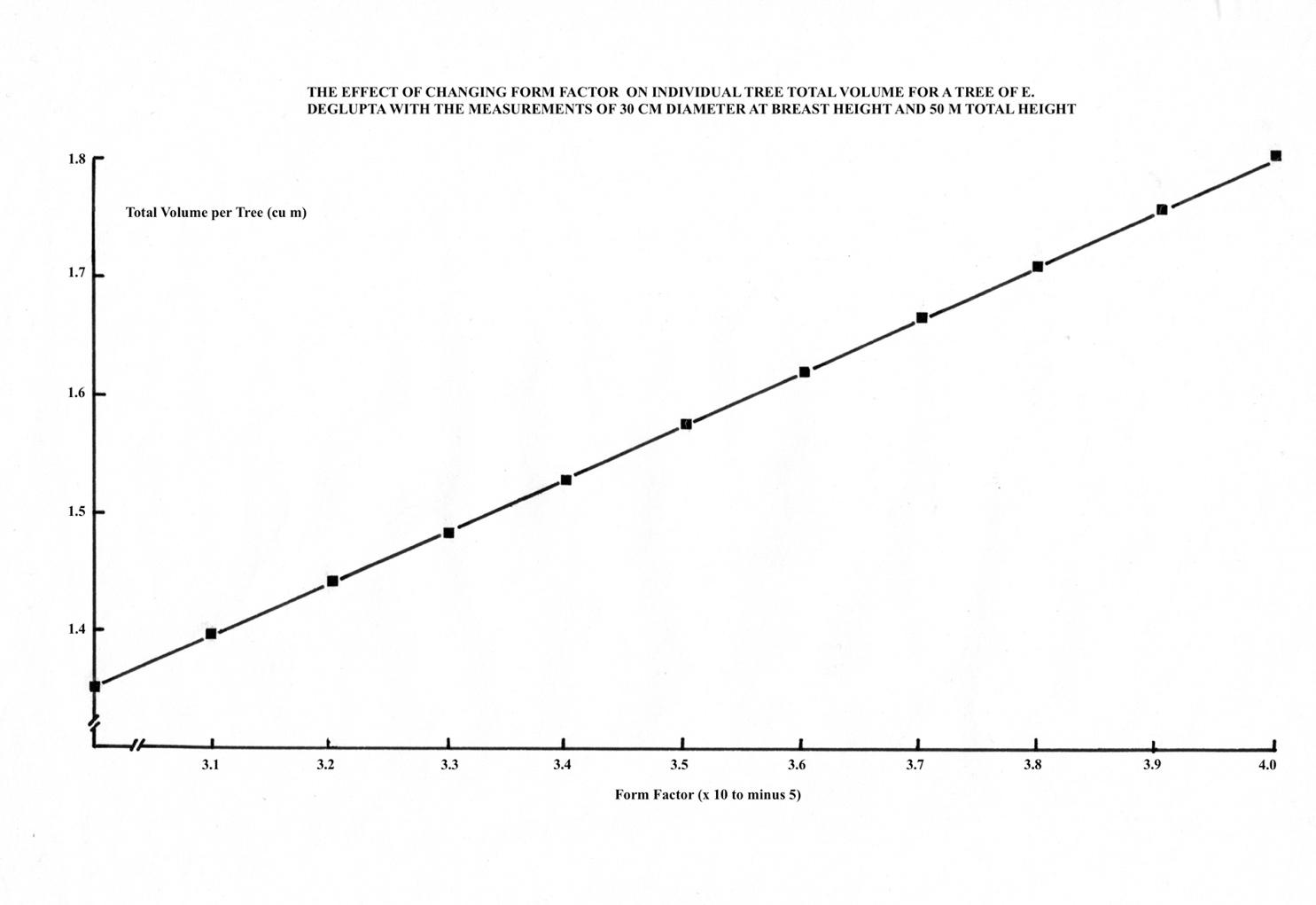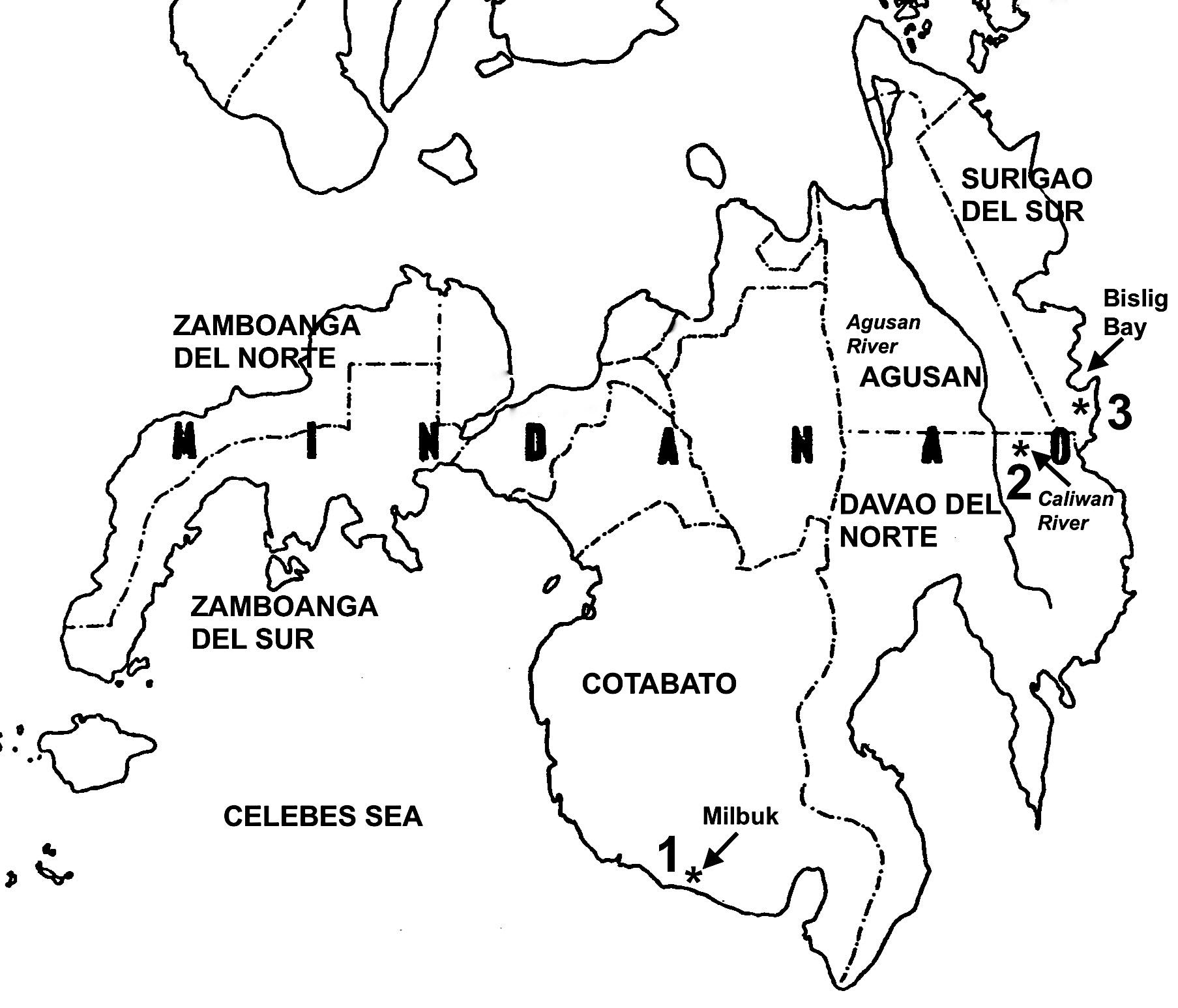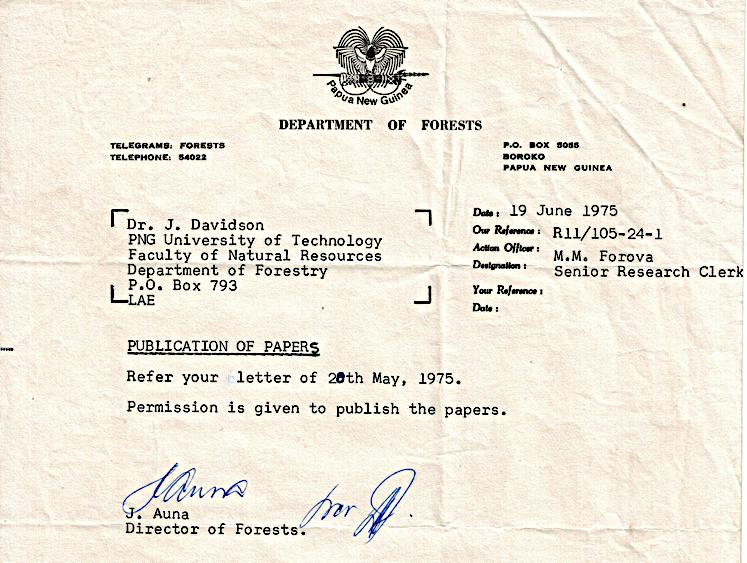
4 minute read
Taxonomic characters
from PNGAF MAG ISSUE # 9 B-5B4D3 Dr John Davidson Accompaniment "RAINBOW EUCALYPT MAN" Part 6 of 8 parts
by rbmccarthy
HISTORICAL DESCRIPTIONS BY AUTHORS OF VARIOUS TAXA COMPARED TO THE LATEST AVAILABLE DESCRIPTION FOR EUCALYPTUS DEGLUPTA BLUME (Continued)
Bud arrangement
Advertisement
3-7 in umbel - 9 or fewer in umbel 3-5 in umbel Umbel 3-7 in umbel Flowers - - - - Stamens inserted on the inner rim, strongly inflexed in the bud, widely spreading in anthesis, inner one much shorter White to pale yellow, stamens 2-10mm long, strongly reflexed in the unopened bud
Anthers
Reniform with a small terminal gland - Minute, roundish ovate, bursting longitudinally - - Roundish ovate, tending auriculate, versatile, with terminal gland, translucent, dehiscing by separate slits
Fruit shape and size
Timber
Pedicellate, ovoidclavate or globose, 5 x 5mm, disc thin, valves as long as the calycine portion, protruding Shortly pedicellate – 3 x 3mm, disc minute, valves small, exsert, ovary three-celled - Pedicellate, globular, four-celled Pedicellate, flatly globose Pedicellate, hemispherical, valves 3 – 5, thin deltoid, exserted to 2mm. Capsule 3-5 x 3-5mm
Reddish, sound, moderately durable - Reddish Hard, heavy, slightly bitter, odourless, outer wood white, abrupt change to brown or reddish inner wood Density 0.3 to 0.9gms/cc. Heartwood pale brown to dark reddish brown, moderately durable
Type or reference specimens
Sources of descriptions
Reinwardt, No. 1516, Pagowat R, Celebes, 1821 Schlechter, No. 19242, Waria R. Morobe Province, PNG, 1909 Turner, Spacious Bay (Wide Bay), New Britain, PNG, 1879 Presumably Rich, Caldera, Mindanao, Philippines, 1842 Elmer No. 13865, Cabadbaran (Mt. Urdaneta), Agusan Province, Mindanao, Philippines, 1912 Davidson (various), Keravat, New Britain, 1974
Blume, 1850; Miquel, 1855; Maiden, 1903-1933; Blakely, 1934 and 1935 Diels, 1922; Maiden, 1903-1933; Blakely, 1934 and 1935 Von Mueller, 1886; Maiden, 1903-1933; Peekel, 1947 Gray, 1854; Maiden 1903-1933 Elmer, 1914 Davidson 1973, Davidson this article
*Prepared by J. Davidson in 1975. Sources: Blume, Miquel, Maiden, Blakely, Diels, Von Mueller, Peekel, Gray, Elmer and Davidson; full citations are given elsewhere in the footnotes.
Taxonomic characters
Principal characters used to describe the separate taxa are listed in the table. The information given is derived mainly from original authors’ and later monographers’ descriptions, as indicated. It is proposed to discuss briefly the main characters mentioned in the table, namely tree height and shape and the dimensions and shape of buds, fruits and leaves.
Tree height and shape
Considerable overlapping occurs in reference to these characters. The small stature attributed to E. schlechteri has probably resulted from the description by Schlechter of a stand of young regeneration on the bank of the Waria River. Similar stands can be found on the river today. No large veteran tree exists in the locality where Schlechter collected his specimen and were probably absent also in 1909, since the shade intolerant regeneration was continually being crowded out by regenerating rainforest. Very few data were recorded for bole size or crown shape by the authors of the other taxa.
Bark The bark is the most striking feature of this species but receives very little attention in the early descriptions except under the name Eugenia binacag. Blakely
44
described the bark as “smooth, reddish, deciduous, somewhat similar to the bark of Angophora lanceolata”, while a more appropriate description was given by Elmer (for Eugenia binacag)
45
“Greenish gray when old, peeling in elongated thin plates more or less twisting about the stem, usually one end separating and curved from the surface, leaving the brown nether side exposed, the plates finally falling and piling up around the base of the old trees”. Descriptions of the bark for the other related taxa are inadequate for comparison purposes.
Dimension and shape of buds
Where buds were available on the type material (E. binacag and E. schlechteri), or have been described since (E. naudiniana), they are stated a being close to globular in shape, clublike, with calyptra that are conical to hemispherical and have acute apices. Sizes given by authors range from 5 x 5 mm for E. deglupta to 4 x 4 mm for E. schlechteri. Calyptra size and shape are poor diagnostic characters, as they depend to a large extent on the stage of bud development at the time of collection.
Dimensions and shape of fruit
All authors, in describing the fruit, agreed it was pedicellate and ovoid, globose or clavate. Sizes stated varied from 5 x 5 mm for E. deglupta to 3 x 3 mm for E. schlechteri and E. binacag. The small fruit of E. schlechteri when compared to the other taxa, especially E. deglupta, was quite noticeable in the type locality. Near Lake Paniai in West Papua, the fruit was larger, the ovary half inferior and the valves were not strongly exserted.
Dimensions and shape of leaves
No distinction was made between juvenile and adult leaves by the original authors. This is necessary when considering the taxonomy of eucalypts. Both Blakely and Maiden later in their expanded descriptions do make this important distinction. There is considerable overlapping of leaf dimensions of the five taxa. Shapes described vary from ovate-lanceolate and acuminate to oblong-ovate and
44 Blakely W F 1934 A Key to the Eucalypts. Sydney, The Workers Trustees. Reprinted by the Forestry and Timber Bureau, Canberra, 1955. 45 Elmer A D E 1914 Myrtaceae Leaflets of Philippine Botany 7:2351.

